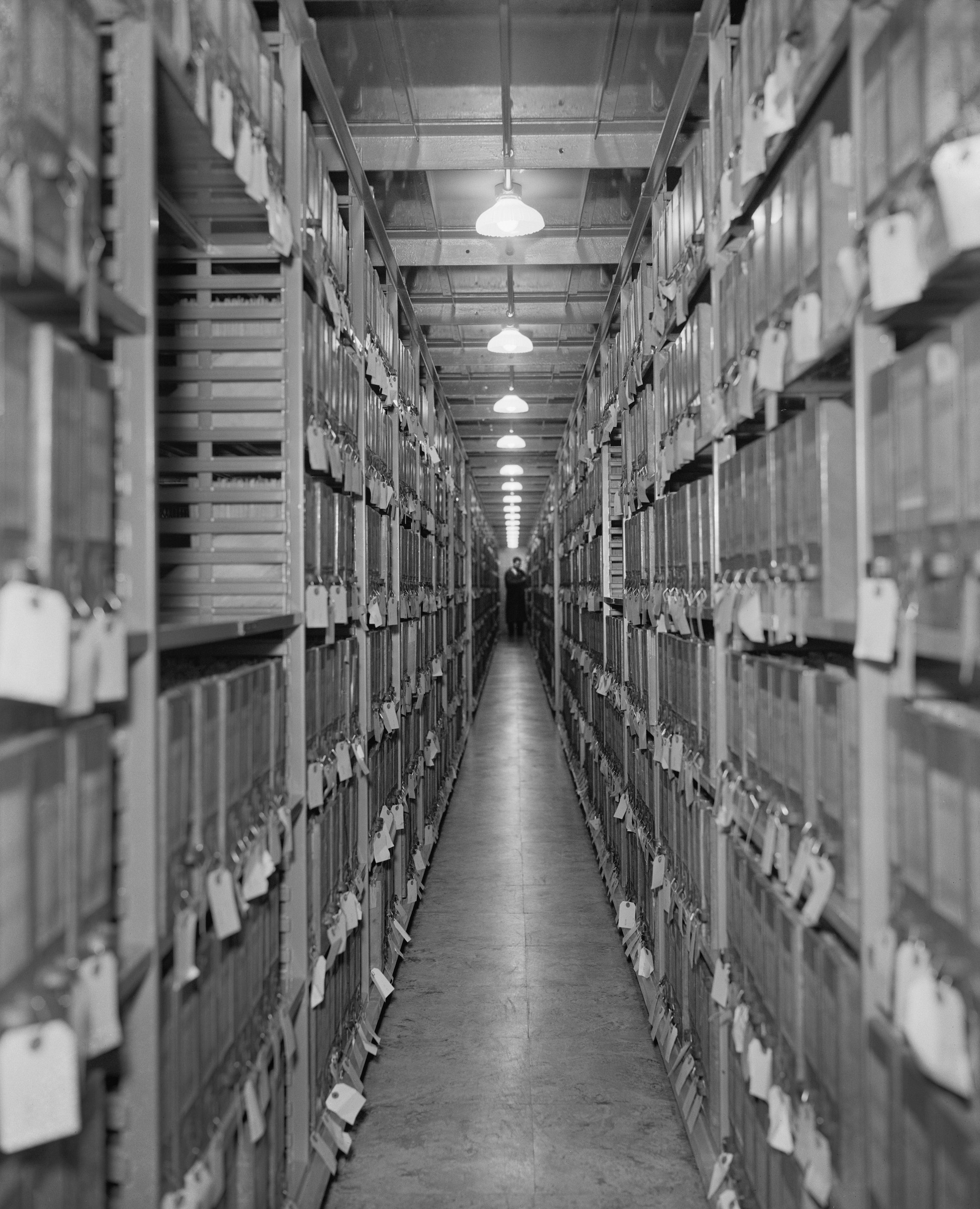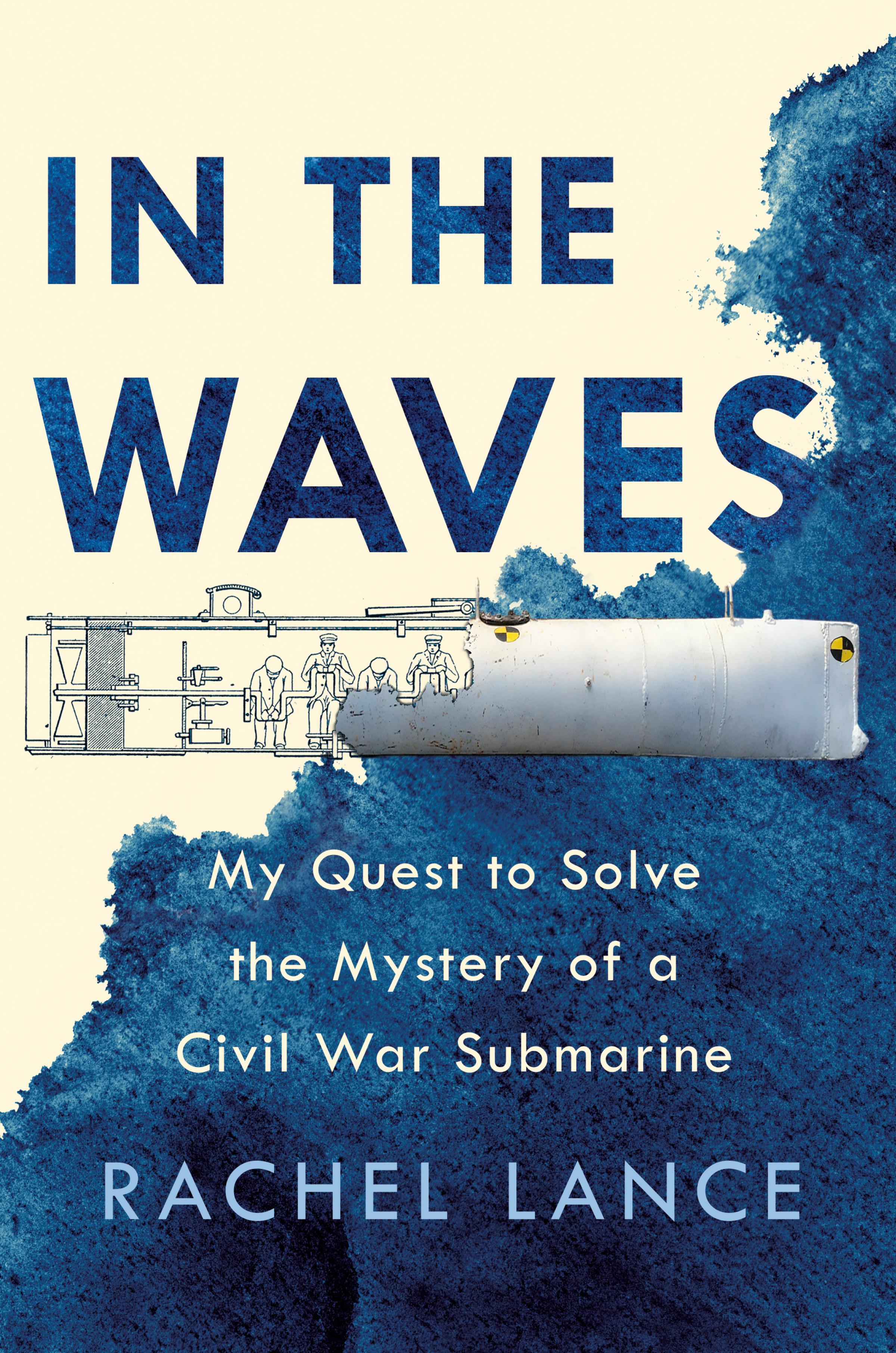
There are holes in the stories we tell ourselves about history, gaping blanks that stand out like missing teeth in a broken smile. Certain types of people are often relegated to the background, or have been deleted altogether.
Recently, a doctoral student at Duke University discovered that the oldest known copy of the Bible’s Gospel of John had been physically altered to reduce or remove the role of Mary Magdalene. Some long-dead misogynist at one point hunched over the manuscript and picked off certain letters from Mary’s name, one paper fiber at a time, then penned in new characters to change the word and lessen Mary’s impact. His edits have since been propagated through centuries.
The government of the Confederate South, where it was illegal for enslaved people to read or write, had similar goals if different methods. Many antebellum southern cities, such as Charleston, S.C., had populations that were over half black. However, because enslaved people were considered to be property, it’s rare to find any documentation before 1865 that lists them by their names, making their lives hard to trace. And yet, until we recover and replace the stories of the people who were deleted, we will, even without knowing it, continue to carry forward the deliberate bigotry of the past.
It’s difficult to recover these lost stories so long after the witnesses are dead—but not impossible. To enable people to find these proverbial needles in the archival haystacks, many librarians and archivists have quietly turned to one of the most powerful tools of our time: crowdsourcing.
In general, whenever someone interacts with the federal government it generates paperwork. Our nation’s repository for important documents is the U.S. National Archives and Records Administration, where climate-controlled catacombs with literal miles of shelving hold grey filing boxes stuffed with old, handwritten papers. In recent years, the National Archives has started digitizing those documents and making them available online. From there, the public has grabbed hold of the files and begun to unlock their secrets. Tens of thousands of transcribing volunteers are gradually turning the hefty boxloads of paper into searchable online databases.
The Church of Jesus Christ of Latter-Day Saints has been an unexpected leader of the charge with their free-to-use website FamilySearch.org, where researchers can digitally search—among many other things—every population Census since the U.S. was founded. Names, birthdates, residences and even marriage certificates pop up nearly instantaneously, often already linked together into family trees by other online genealogical enthusiasts. The marriage certificates are critical in any effort to trace women, since their names changed and they were otherwise almost never documented independently.
Enslaved people were not tracked by the general U.S. Census. However, in 1850 and 1860, the government made separate special tallies, called the Slave Schedules. The names of the enslaved people were not generally listed, but the schedules do list the names of the slave owners. For example, plantation owner Dr. Philip Tidyman, who lived just outside Charleston, pops up readily in the 1850 Slave Schedule.
Get your history fix in one place: sign up for the weekly TIME History newsletter
Unfortunately, to research people who were not wealthy white men, it’s often necessary to trace them through the lives of the wealthy white men around them. For example, unsurprisingly given his demographic and social status, Dr. Philip Tidyman left behind prolific records. He shows up in abundance in the South Carolina court records, which have also made their way online through the modern human-fueled digitization and transcription machine. He can be found selling enslaved men and women to neighbors in other documents that do list names and often descriptions for the slaves. Those who inherited his plantation can be identified and linked to him because the inventories of his estate conducted after his death in 1850 still list him as the true owner (his daughter, as a woman, was not permitted to own the land in her own name).
Toward the end of the Civil War the Union military closed in on the plantations surrounding Charleston, burning crops and freeing people as they marched. During that time period, some of the formerly enslaved men from the Tidyman plantation begin to re-appear in other digitized databases of documents from the National Archives, with new agency as freedmen. It was common for former slaves to be assigned the last names of their previous owners—and, in the National Park Service’s Soldiers and Sailors Database, four sailors named Tiddeman pop up right around when they would have been freed. The four enlisted on the same date, on ships just outside Charleston Harbor. Since it was illegal for them to learn to read or write, they were likely assigned a phonetic name spelling by the Union sailor who accepted their enlistment. The online Sailors database, which contains the Civil War service records of roughly 18,000 African American sailors, is the product of a crowdsourcing effort by the Howard University Department of History. The relentless efforts of researchers enable historians to jump from slave-owner Philip Tidyman to the life of freedman William Tiddeman. I stumbled upon the names of the men accidentally, when I was researching material for my new book In the Waves, about the Civil War submarine HL Hunley. Because of crowdsourcing, William emerged from the endless stacks of ledgers and could be linked to the rest of his story simply because volunteers did what the head of the Smithsonian, Lonnie G. Bunch, once modestly referred to as “look[ing] at old documents and typ[ing] the words you see.”
After the war, the United States established the Freedmen’s Bureau to help facilitate the transition of formerly enslaved people—as well as undocumented, impoverished people of all races and ethnicities—into the more paperwork-filled world of legal autonomy. Currently, the Smithsonian leads an army dubbed the “Volunpeers,” who have tasked themselves with the full transcription of key pieces of paper from the National Archives and Library of Congress, and from American history. The Volunpeers attacked the documents of the Freedmen’s Bureau in honor of Black History Month this year, transcribing and rendering searchable tens of thousands of pages. For March, they turned their sights to documents relevant to women who were previously relegated to the background of history. Tiddeman does not appear in any of the Freedmen’s documents transcribed to date, but thanks to the ongoing project (which is always accepting new recruits), he may emerge soon from the keyboard of a volunpeer.
William Tiddeman does appear, however, in one final place. The National Archives’ online catalog allows a search of the names of documents, and his name appears on a rejected pension claim. In June 1889 his son, Daniel, filed paperwork with the U.S. Navy to try to claim the disability pension that should have been given to his father. William had served onboard the USS Housatonic, a Union ship positioned just outside Charleston Harbor, until 1863 when he was blinded by the kickback of a weapon, leading to his discharge from the military. His son’s petition for the disability pension was denied, but in keeping and then digitizing Daniel’s letter, the National Archives provided a firm connection between the sailor William Tiddeman and Philip Tidyman’s plantation. The letter also reveals that the family was finally able to choose a new spelling all their own: Teddeman.
These connections let us fill in the story of William’s life, but also link him to future generations. Without the online crowdsourcing projects, Teddeman family history might have seemed to start abruptly in the late 19th century, neglecting a crucial part of the story. For so many American families, lack of representation in paperwork might have otherwise led to a lack of representation in memory, but technology and crowdsourcing are finally bringing them out of the shadows.

Rachel Lance is the author of In the Waves: My Quest to Solve the Mystery of a Civil War Submarine, available now from Dutton.
More Must-Reads from TIME
- Introducing the 2024 TIME100 Next
- The Reinvention of J.D. Vance
- How to Survive Election Season Without Losing Your Mind
- Welcome to the Golden Age of Scams
- Did the Pandemic Break Our Brains?
- The Many Lives of Jack Antonoff
- 33 True Crime Documentaries That Shaped the Genre
- Why Gut Health Issues Are More Common in Women
Contact us at letters@time.com